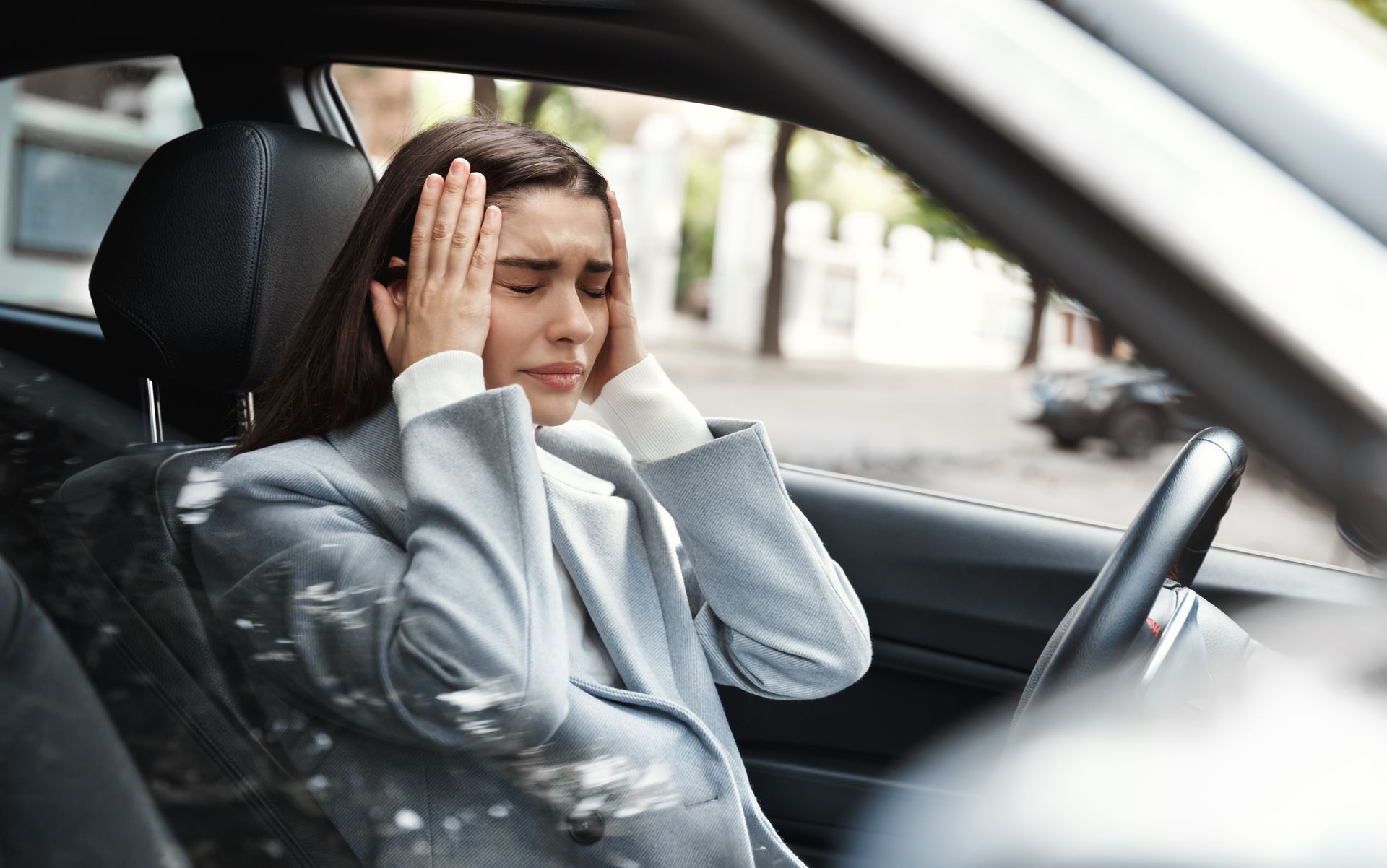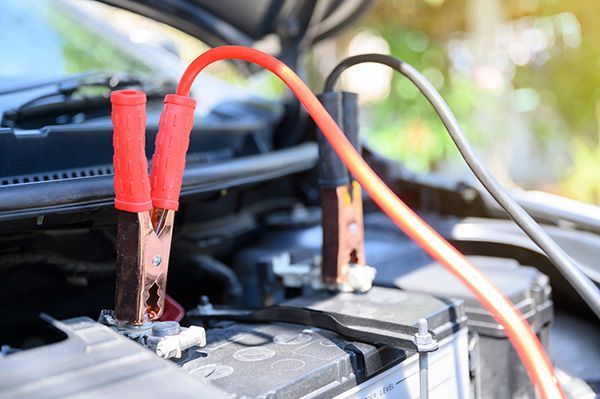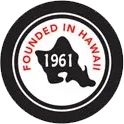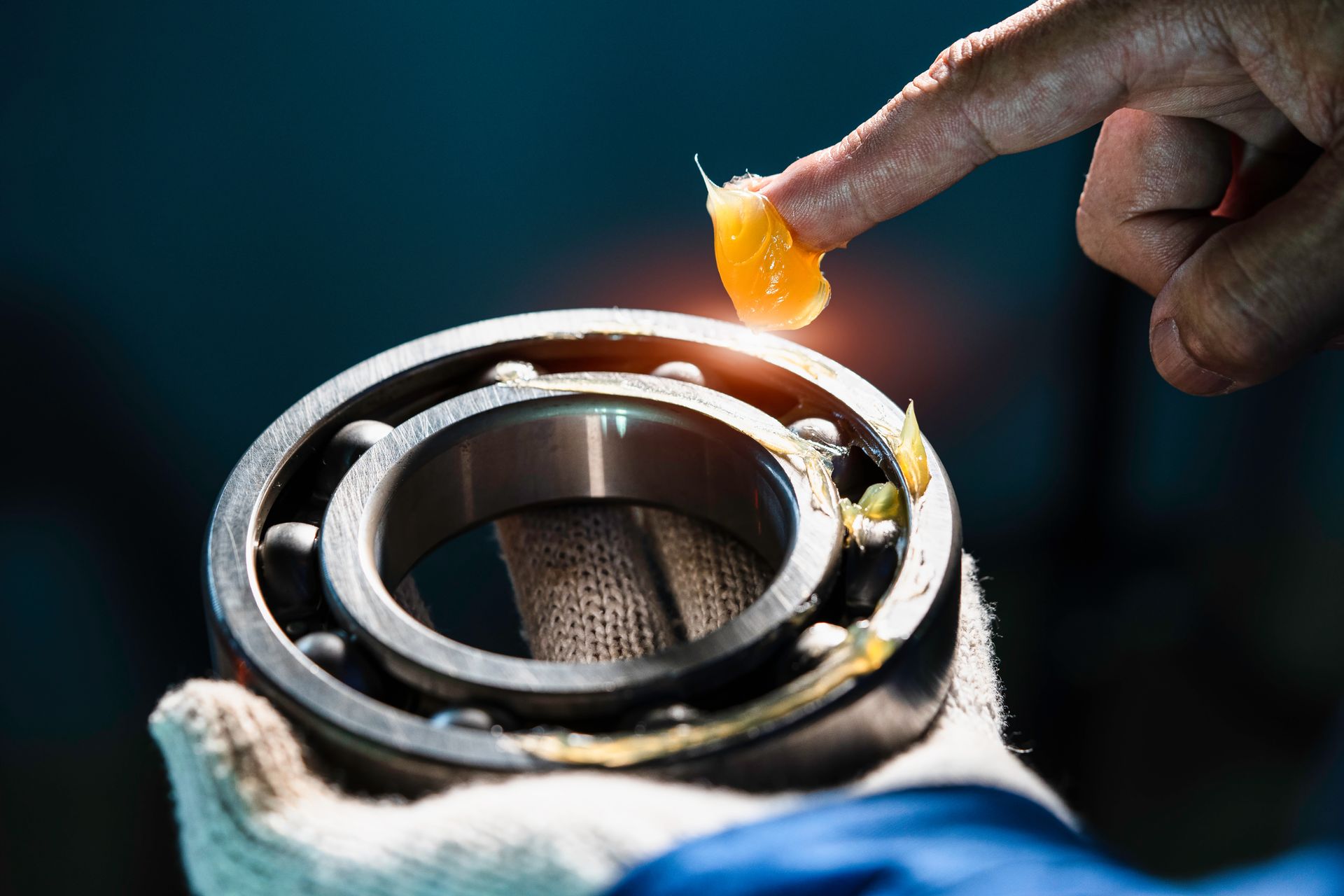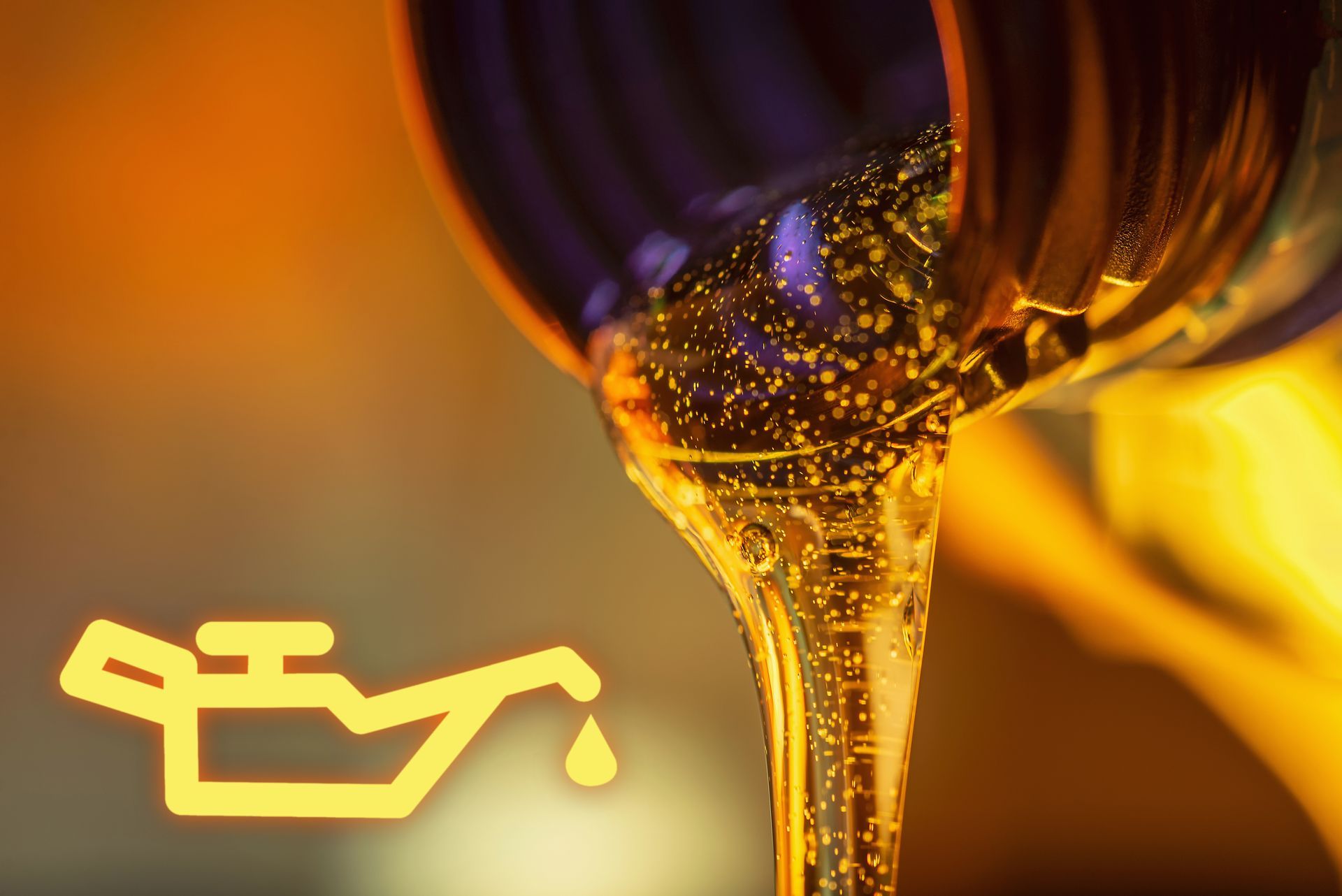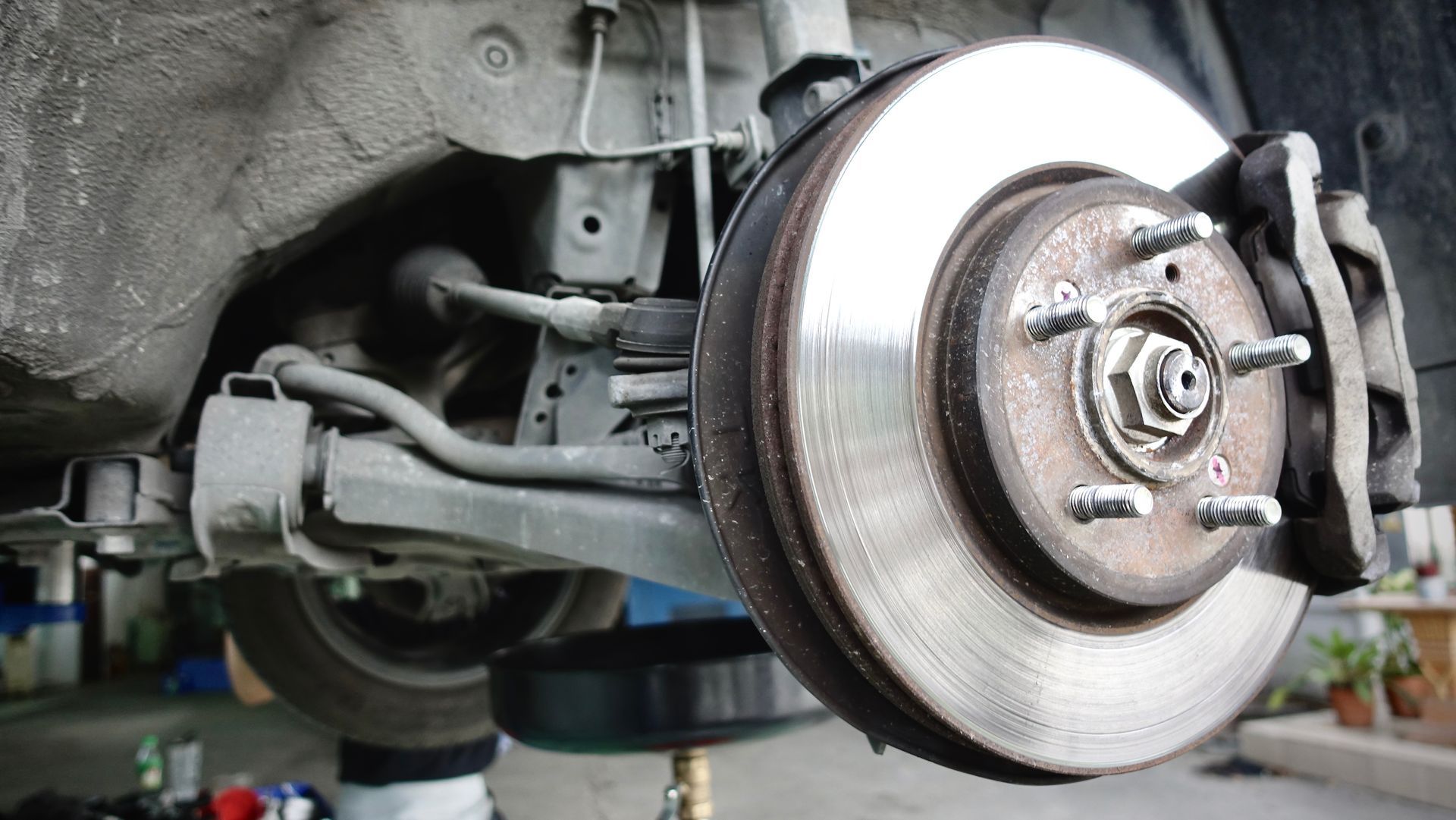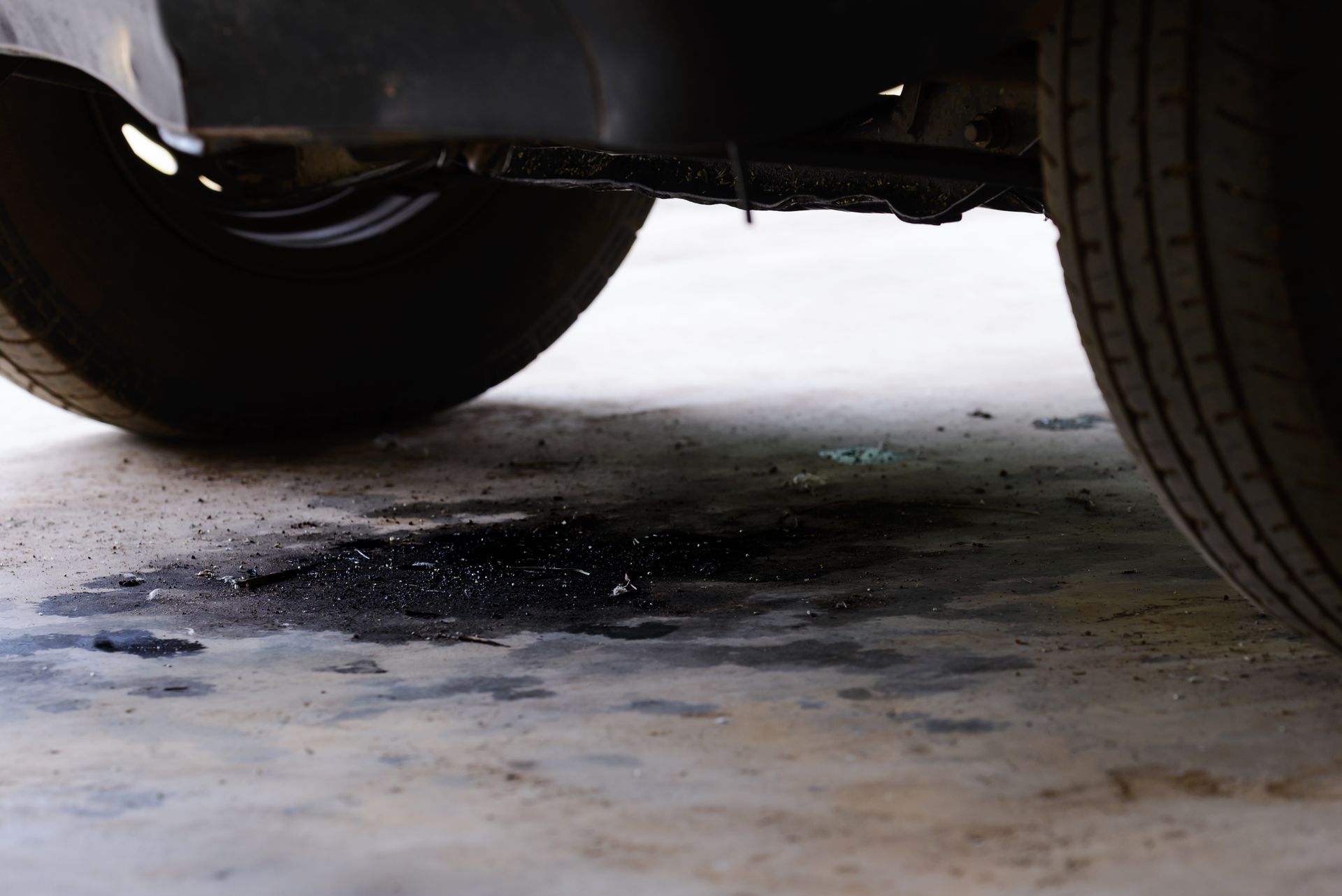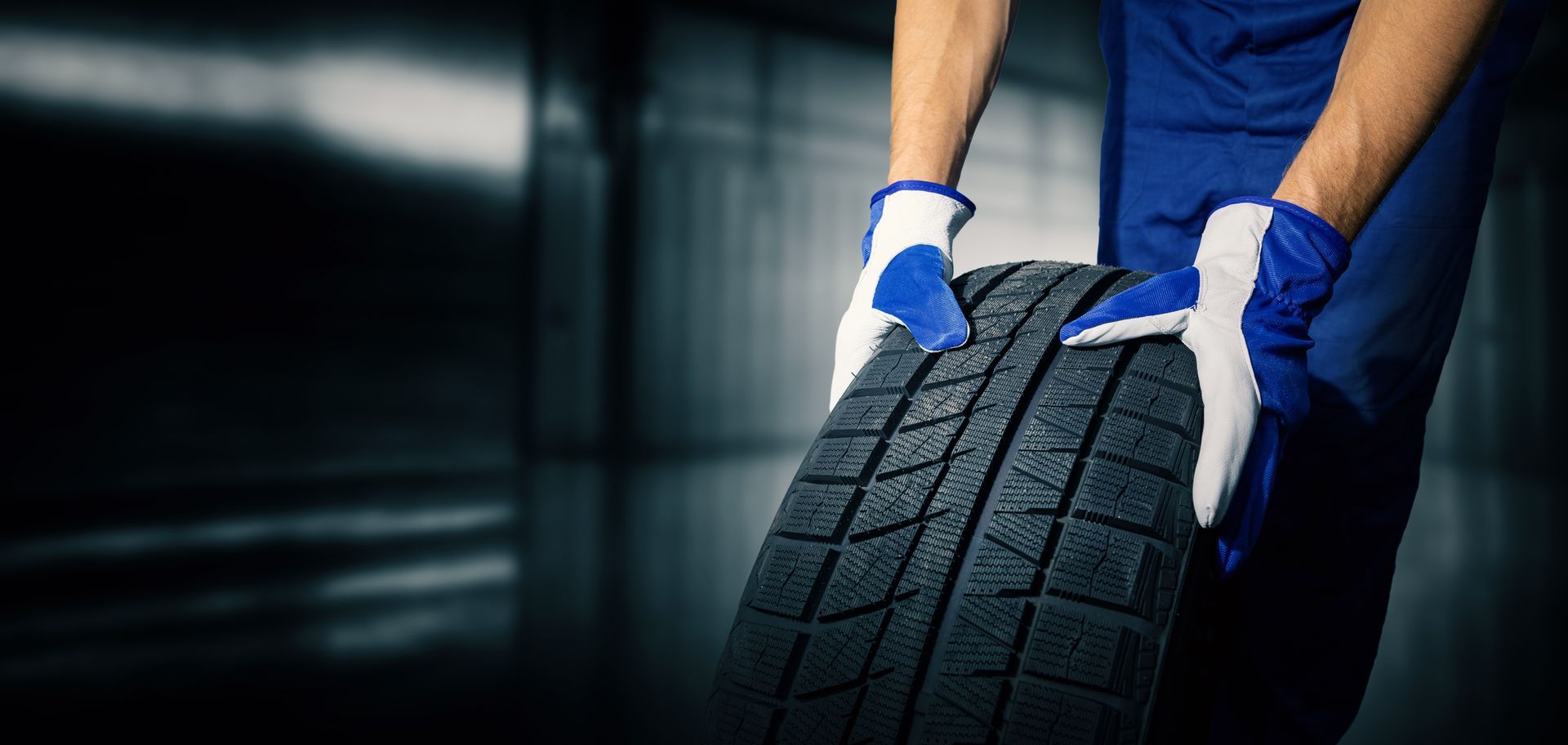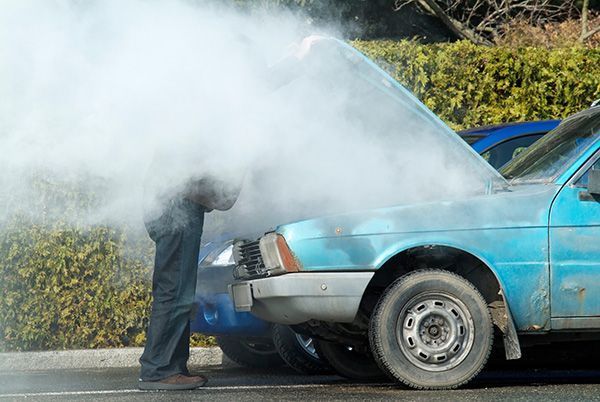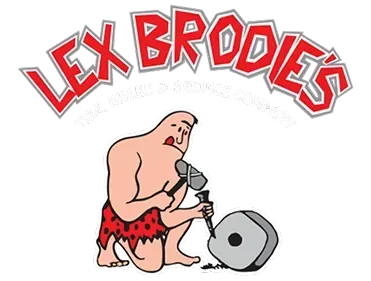How a Dirty Cabin Air Filter Affects The A/C And Air Quality Inside Your Car
November 28, 2025
Hawaii’s mix of salt air, volcanic dust, and lush pollen makes car cabins feel stale faster than most places. Your cabin air filter is the gatekeeper that keeps that stuff out of your lungs and off your dashboard. When it clogs, the A/C has to work harder, airflow weakens, and the air you breathe feels musty even with the fan on high.
A simple filter change can restore crisp airflow and a cleaner, calmer cabin.
What the Cabin Air Filter Actually Does
The cabin filter sits in the HVAC intake path, usually behind the glove box or under the cowl at the base of the windshield. Its job is to trap dust, pollen, soot, and fine debris before air passes across the evaporator and into the vents. Many filters also catch salt crystals and small volcanic particulates that ride the ocean breeze. With a fresh filter, your A/C can move more air with less effort, which helps defog windows faster and keeps the blower fan quiet.
How a Clogged Filter Hurts A/C Performance
Air conditioning removes heat and moisture as cabin air crosses the cold evaporator. A clogged filter restricts that airflow, so less air touches the cold surface each second. The result is weak vent output, longer cool-down times, and a defroster that feels sluggish on humid mornings. The blower motor also has to spin faster to push air through the blockage, which can make it noisy and shorten its life. In severe cases, restricted flow lets condensation linger on the evaporator, encouraging that stubborn “wet sock” smell.
Air Quality, Allergies, and Odors
When filtration falls behind, more irritants slip through. Pollen and dust can trigger sneezing and itchy eyes, especially during trade-wind days when trees shed heavily. Salt-laden air brings a faint metallic odor and leaves residue on glass, which makes nighttime glare worse. A clean filter reduces the load of particles your cabin has to deal with, and an activated charcoal layer can cut common traffic and marina odors so the interior smells neutral instead of musty.
Common Signs Your Cabin Filter Is Due
- Fan speed feels normal, but airflow from the vents is weak
- Defroster takes longer to clear a fogged windshield
- Musty odor on startup that fades as the car warms
- Visible dust lines on the dash soon after cleaning
- Increased fan noise at higher speeds without more air
If you notice two or more of these, the filter likely needs attention even if the mileage seems low.
Paper vs. Charcoal vs. HEPA: Which Filter Fits Your Needs
Standard paper filters capture the bulk of dust and pollen and are the economical choice for most drivers. Activated charcoal filters add a carbon layer that absorbs odors and some gas-phase pollutants; they are a smart upgrade if you park near the ocean, commute in traffic, or haul wet beach gear often. Premium HEPA-style cabin filters trap finer particles, which can help allergy-prone passengers. They may restrict airflow slightly earlier as they load, so plan to check them a bit more frequently.
Simple DIY Checks (And When to Leave It to Us)
Many vehicles make inspection easy: drop the glove box, release a cover, and slide the filter out. If the pleats are gray and matted, or you find leaves and grit, replacement is due. Pay attention to the airflow arrow when installing the new one. On cars with tight glove box hinges or fragile clips, it is reasonable to have a technician handle the swap to avoid broken tabs or a misaligned door that rattles later. If the odor persists after a new filter, the evaporator likely needs a gentle cleaning to remove organic film.
Why Hawaii’s Climate Shortens Filter Life
Moist trade winds carry salt and fine spray that cling to the filter media. Add bursts of vog and plant pollen, and the pleats load up faster than in a dry inland climate. Beach trips bring sand in the cowl intake, and wet towels in the cabin add humidity. For many island drivers, a time-based schedule is more reliable than mileage alone. If you drive on dusty back roads, park outdoors near the shore, or run your A/C daily, inspecting it every six months helps keep the airflow healthy.
Pair Filter Service with an Evaporator and Drain Check
The cabin filter, evaporator coil, and A/C drain work together. A saturated or dirty filter slows airflow, which leaves condensation on the coil longer. That moisture can mix with trapped dust to form a film that smells when you first start the car. A quick evaporator cleaning breaks down the film, and verifying that the drain drips freely prevents water from pooling in the HVAC box. This combo with a fresh filter usually restores clean scent, strong airflow, and faster defogging within a day.
Breathe Easier with LexBrodies in Hawaii
If your A/C feels weak, smells musty, or struggles to clear fogged glass, we can help. Our team checks and replaces cabin air filters, cleans evaporators, and verifies A/C drains so moisture and odors do not return.
Schedule a visit with LexBrodies in one of our four Hawaii locations, and we will bring back crisp airflow, fresher cabin air, and a quieter, more comfortable ride for every island drive.
- 701 Queen Street Honolulu, HI
- 98-115 Kamehameha Highway Aiea, HI
- 94-169 Farrington Highway Waipahu, HI
- 46-158 Malina Place Kaneohe, HI
